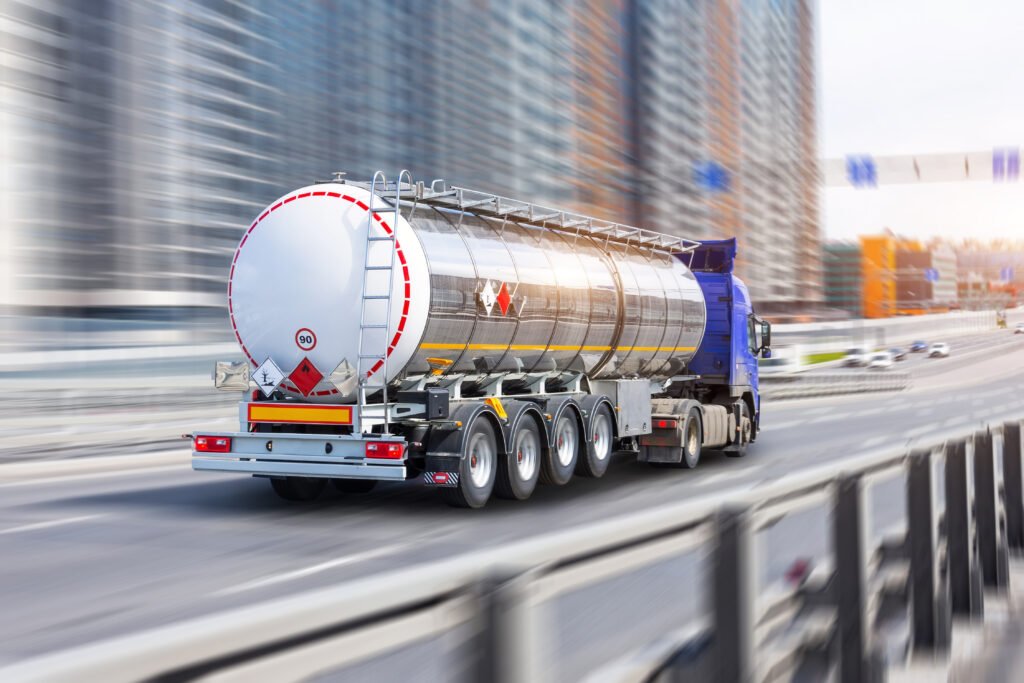In Vietnam, on April 8, 2020, Governmental Decree No. 42/2020/ND-CP on Transportation of Dangerous Goods on Roads and Inland Waterways was enacted. This decree replaced “Governmental Decree No. 104/2009/ND-CP on the List of Dangerous Goods and Transport of Dangerous Goods on Roads” and “Governmental Decree No. 29/2005/ND-CP on the List of Dangerous Goods and Transport of Dangerous Goods on Inland Waterways”, and came into force on June 1, 2020.
The original text of this Decree can be downloaded from the following URL
https://ngkt.mofa.gov.vn/wp-content/uploads /2020/04/nghi-dinh-42-2020-nd-cp-danh-muc- hang-hoa-nguy-hiem-van-chuyen-hang-hoa-nguy -hiem.pdf
Composition
- Chapter I: General Provisions (Article 1-3)
- Chapter II: Classification, Listing, Packaging and Labeling of Dangerous Goods (Article 4-7)
- Chapter III: Transportation of Dangerous Goods (Article 8-14)
- Chapter IV: Dangerous Goods Transport Permit (Article 15-19)
- Chapter V: Implementing Organization (Article 20-30)
- Chapter VI: Enforcement Provisions (Article 31-32)
- Appendix 1: List of Dangerous Goods
- Appendix 2: Dangerous Goods numbers
Dangerous goods
The dangerous goods subject to this Decree are classified into the following nine types according to their chemical and physical properties:
- Type 1: Explosive substances and explosive articles
- Type 2: Gases
- 2.1 Flammable gases
- 2.2 Non-flammable gases
- 2.3 Toxic gases
- Type 3: Flammable liquids and liquid explosive substances
- Type 4:
- 4.1 Flammable solids, self-reactive substances, etc.
- 4.2 Substances liable to spontaneous combustion
- 4.3 Substances which in contact with water emit flammable gases
- Type 5.
- 5.1 Oxidizing substances
- 5.2 Organic peroxides
- Type 6.
- 6.1 Toxic substances
- 6.2 Infectious substances
- Type 7: Radioactive material
- Type 8: Corrosive substances
- Type 9: Miscellaneous dangerous substances and articles.
Packaging and containers containing dangerous goods shall be also treated as dangerous goods, in case their inside and outside are not cleaned after the contents are removed.
The list of dangerous goods is based on “the European Agreement concerning the International Carriage of Dangerous Goods by Road (ADR) 2017″ and “the European Agreement concerning the International Transport of Dangerous Goods by Inland Waterways (AND) 2017”. Although Governmental Decree No. 104/2009/ND-CP listed 1,783 dangerous goods and Governmental Decree No. 29/2005/ND-CP listed 1810 dangerous goods, all of the dangerous goods listed in Governmental Decree No. 42/2020/ND-CP was extended to 2921 items. For example, various lithium batteries, lithium-ion batteries and equipment including them have been added as new dangerous goods. In addition, labels, placards and dangerous goods code are also updated to be consistent with international conventions.
Requirements for transportation of dangerous goods
The main requirements stipulated in this Decree are as follows:
- Specialized equipment for the means of transporting dangerous goods shall comply with national standards or technical standards or the regulations under competent authorities.
- Vehicles for the transport of dangerous goods shall be marked with appropriate hazard signs. In case of transporting more than one kind of dangerous goods, the corresponding signs shall be adequately marked.
- Dangerous goods shall be loaded/unloaded/stored at a dedicated warehouse/storage area.
- After moving dangerous goods from the warehouse/storage area, the area where the dangerous goods are stored shall be cleaned in accordance with the regulations to prevent them from affecting other items.
 Vietnam issues new decree on transporting dangerous goods
Vietnam issues new decree on transporting dangerous goods 

























